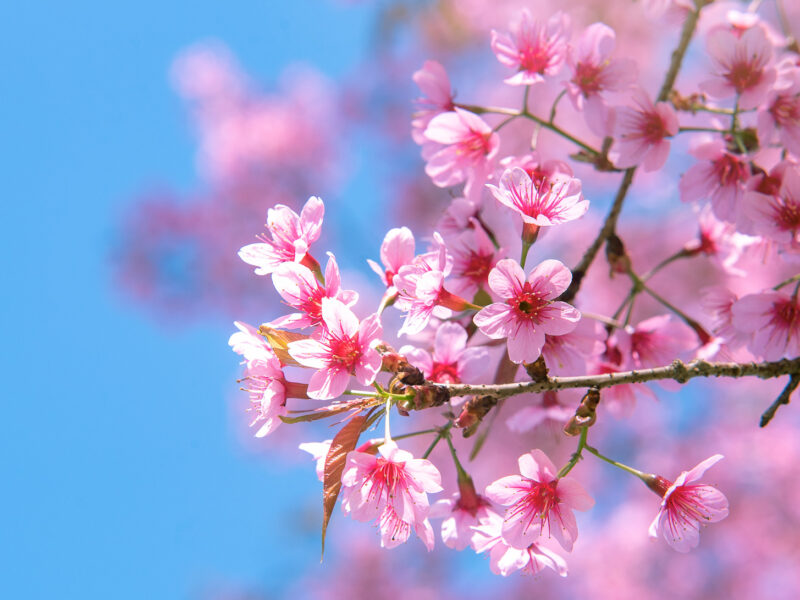
Monthly Tips & Tasks – September 2023
August 29, 2023Spring has arrived at last with the longer days and warmer sun. The ground is drying out and warming up so let the growing season begin! The lawns will now respond to fertilisers as the grass begins to grow. After the grass has been cut two or three times I like to de-thatch the lawn … Read More
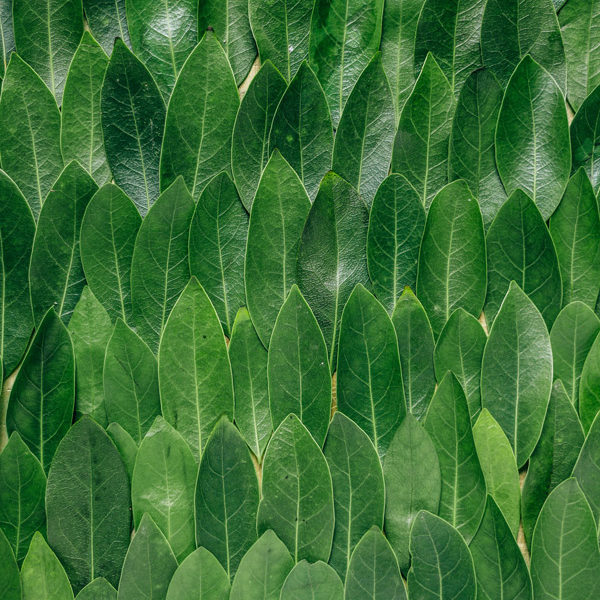
Bay Leaves
May 31, 2022Bay Leaves Bay leaves have become almost ubiquitous in the kitchen due to their ability to enhance a wide variety of dishes, but they are also surprisingly good for our health. The bay (Laurus nobilis) is an aromatic evergreen tree that belongs to the Lauraceae family. It has smooth green leaves that can be used … Read More
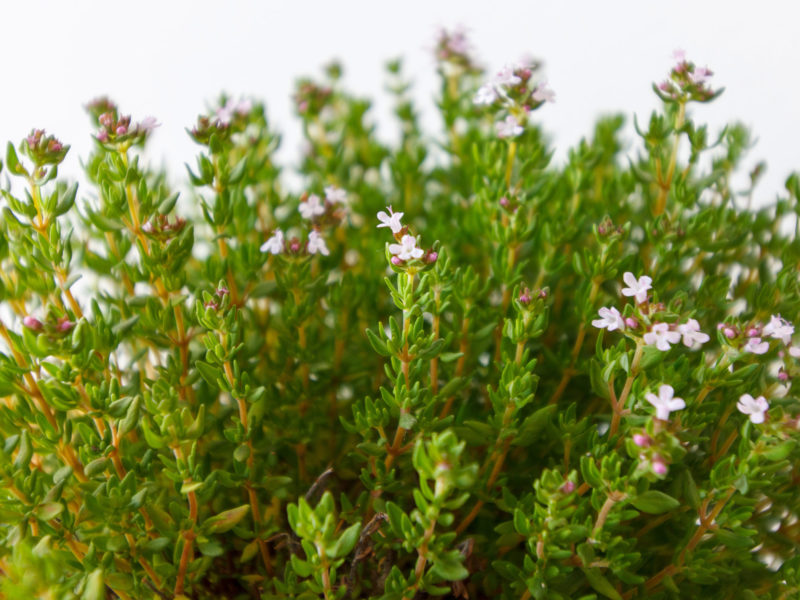
Thyme
April 21, 2022Thyme Thyme, which has for many, many years been valued for its smell, flavour, and medicinal value, also happens to attract bees to the garden. Thyme is a versatile herb in the kitchen. It can be used fresh, or can be added to stocks, stuffing, and sauces. Thyme’s aroma works wonderfully in most savoury dishes: … Read More
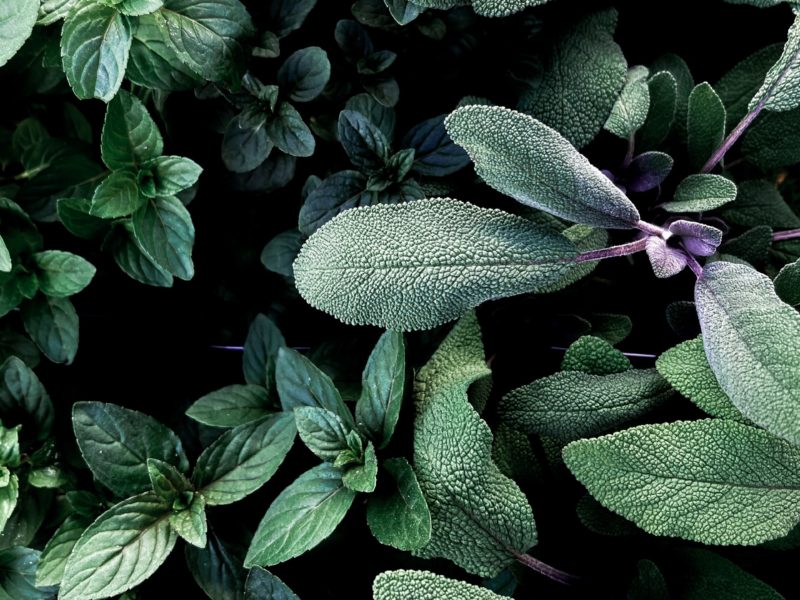
Sage
March 22, 2022Sage Common sage (Salvia officinalis) is a popular culinary, medicinal and ornamental herb with a multitude of uses It have silver-greyish leaves and bears attractive flowers which are purple-blue in colour. It is also a versatile drought-tolerant grey foliage plant and is very hardy as it often bounces back in the spring even after a … Read More

Sweet Basil
March 1, 2022Sweet Basil Sweet Basil (Ocimum basilicum) When we think of basil, chances are that we have Italian Genovese basil in mind, which is often used in pesto and tomato-based dishes. It has shiny dark leaves, and is very aromatic with a sharp, strong taste that compliments the sweet-tangy taste of vine-ripened tomatoes. Other species and hybrids of … Read More

Lemon Verbena
January 25, 2022Lemon Verbena (Lippia citrodoro or Aloysia citrodora) When brushing past the foliage of a Lemon Verbena shrub, you are surrounded by a most refreshing perfumed fragrance, redolent of lemons. The leaves are light green, thin and pointed with a slightly sticky feel and a wonderful citrus aroma. This versatile plant which originates from Chile, could … Read More
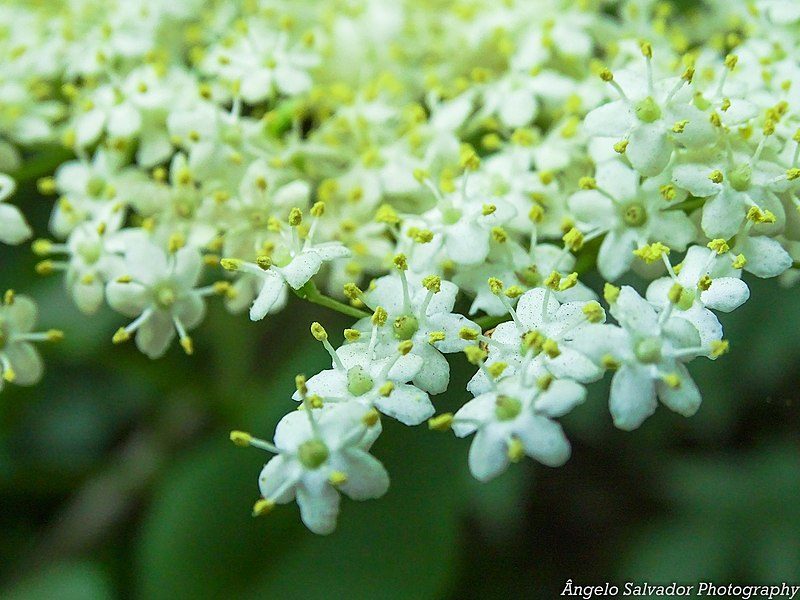
Elder
November 23, 2021Elder (Sambucus nigra) Elders are large, bushy shrubs or trees, and can grow up to six metres. They grow in both the city and countryside, favouring hedges, footpaths, motorway banks, railway lines, derelict land and domestic gardens. Elderflower blooms are flat-headed sprays with the most wonderful flavour, that start to bloom in late spring. From … Read More
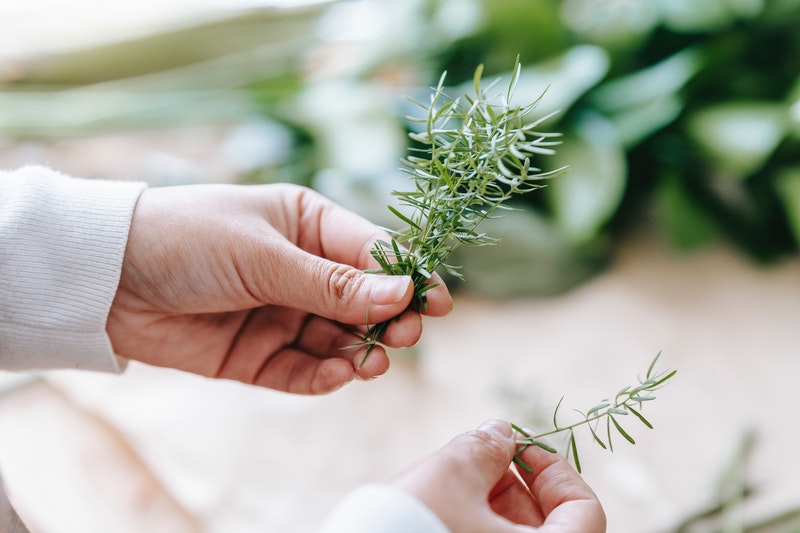
Rosemary
October 19, 2021Rosemary The plant’s botanical name used to be called Rosmarinus officinalis but it was decided by the RHS in 2019, the plant is now to be called Salvia rosmarinus, following research that shows it’s a salvia (in the sage family). Rosemary is the herb of remembrance. The scent of the needle-like leaves seems somewhere between the tang of … Read More
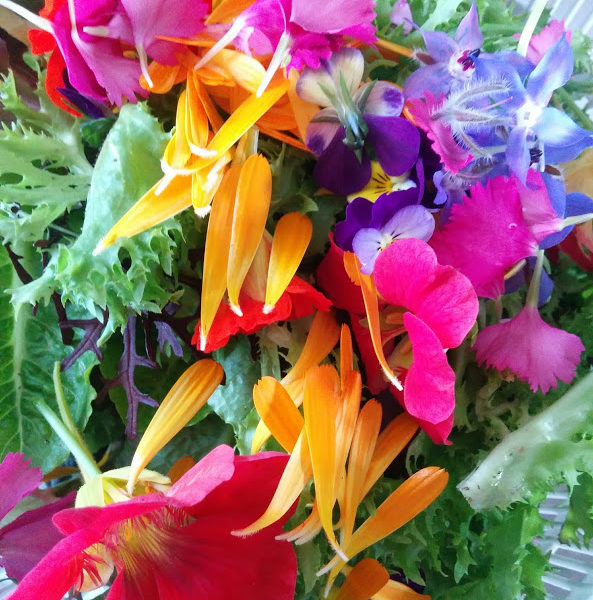
Edible Flowers
September 28, 2021Edible Flowers With spring blooms starting to colour our gardens after winter, and many of us planting seeds for the coming season, I am excited to propagate a very special set of edibles in my garden – flowers. Edible flowers have seen a revival in interest in recent years as celebrity chefs and home cooks … Read More
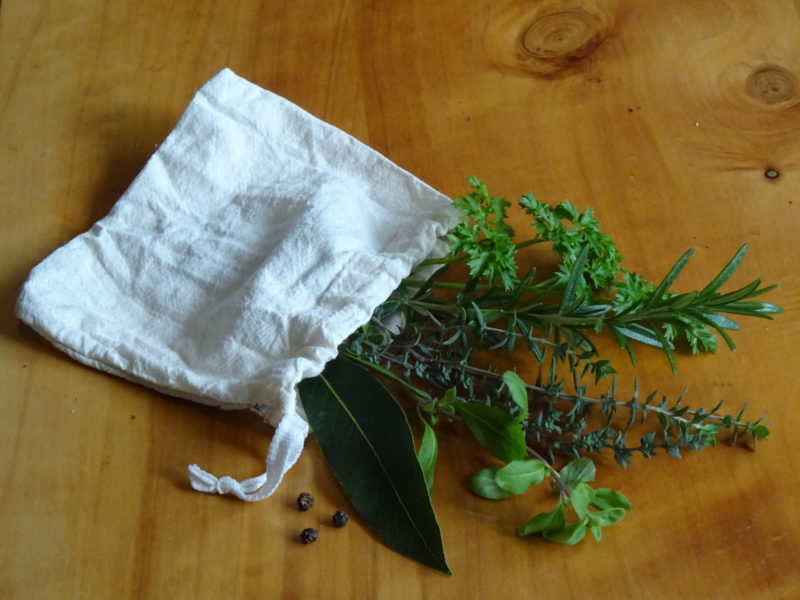
Bouquet Garni
August 30, 2021A bouquet garni, which is French for a “garnished bouquet”; is a bundle of more pungent or “robust” herbs which release their flavor during a slow cooking process. It is mainly used to flavour soup, stews and stock. In contrast, “fines herbes” are a combination of fresh chopped fragrant herbs, such as, parsley, chervil, tarragon, and chives. Fine … Read More
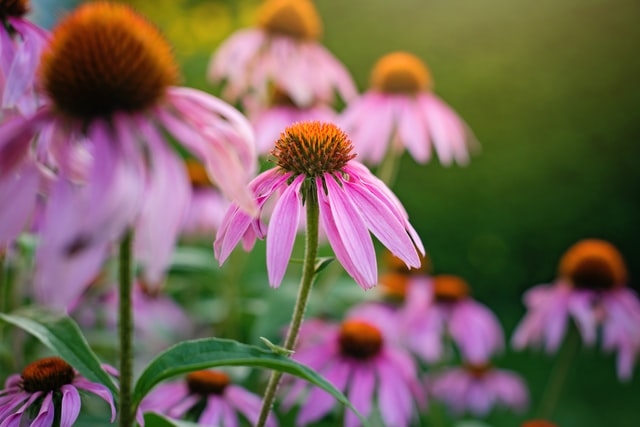
Herbal First Aid Kit
July 27, 2021At our July 2021 meeting, we had a very informative talk by local Naturopath, Rachael Stott. Rachael was diagnosed with multiple sclerosis in her mid-30’s. As a means to better her health she studied Naturopathy and became a Naturopath and medical herbalist . Rachael lives in Temuka and travels once a month to Christchurch and … Read More
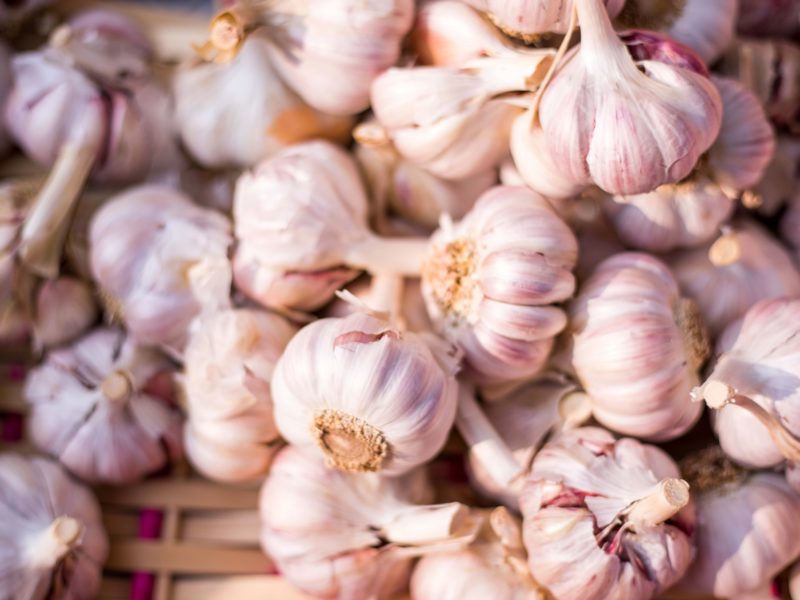
Garlic
June 28, 2021Traditionally, garlic (Allium sativum Liliaceae) should be planted on the shortest day of the year and harvested on the longest day of the year. It is not the only time to plant it, but it is a good time to do it. Allium includes garlic, onions, leeks, chives and shallots. Gillian Polson (a founder member of … Read More

